I've read about a thing called a "curve tracer" that you can use to compare known good circuits with bad circuits. It consists of an AC voltage with a resistor that sweeps from -5 to +5V (or similar) and reads the voltage and current going to the component to plot a XY graph. The resulting graph will be the "signature" of the component.
Below is the basic circuit that makes this work:

And here are some example graphs:

This is all nice, neat and easy to build, but my question is:
While you can hook up a simple LED or capacitor and get a nice graph out of it, won't any modern IC be damaged if you put -5V (AC) through its VCC rail, even if low current, considering that most ICs have a very low reverse voltage maximum rating.
I saw a couple of videos of people testing and making whole databases from a single board, but isn't that playing russian roulette, in a way? In the motto of: "Let's put AC through until something breaks?"
EDIT: There are some commercial devices that rely on this principle, for example the "UCE-CT220S". Of course it's much more sophisticated, but it still relies on passing AC through a component that could be sensible.
Thanks for any help in advance!